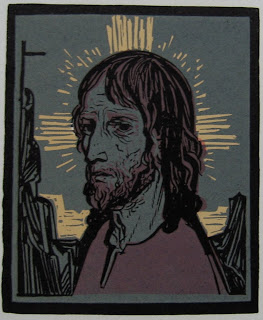ArtistsVodraska, Jaroslav - by John Kohan
Jaroslav Vodrazka (1894-1984)
by John Kohan
Czech Artist Jaroslav Vodrazka belongs to a special generation of East European intellectuals who lived through one of the most turbulent times in modern history. Born under Austro-Hungarian rule, they welcomed the break-up of the Empire in World War I and a brief time of national freedom and cultural renewal in the interwar period, only to endure Nazi Occupation in World War II, then, Soviet domination in the post-war years, enforced in Hungary and Czechoslovakia with armed interventions. A blessed few lived to see the collapse of the Soviet Bloc. Vodrazka was not one of them. He died five years before the Velvet Revolution of 1989 swept the Communists out of power in his homeland.

Artists of this marked generation, like Vodrazka, became “internal émigrés” who paid lip service to alien political systems, as far as their consciences would allow. They experienced real life with family, friends and artistic colleagues in cramped apartments, overflowing with books, musical recordings, and art objects, which offered them windows into the closed outside world. Vodrazka had just such a place of refuge on the West Bank of the Vltava River in Prague with a view of the spires of St. Vitus Cathedral, a scene he frequently depicted in his etchings. The art teacher, painter, print-maker, and illustrator lived there from 1939 with his wife, Ella, a writer-poet who collaborated with him on children’s book projects. Their son, Jaroslav, became a noted classical organist and professor of music.



